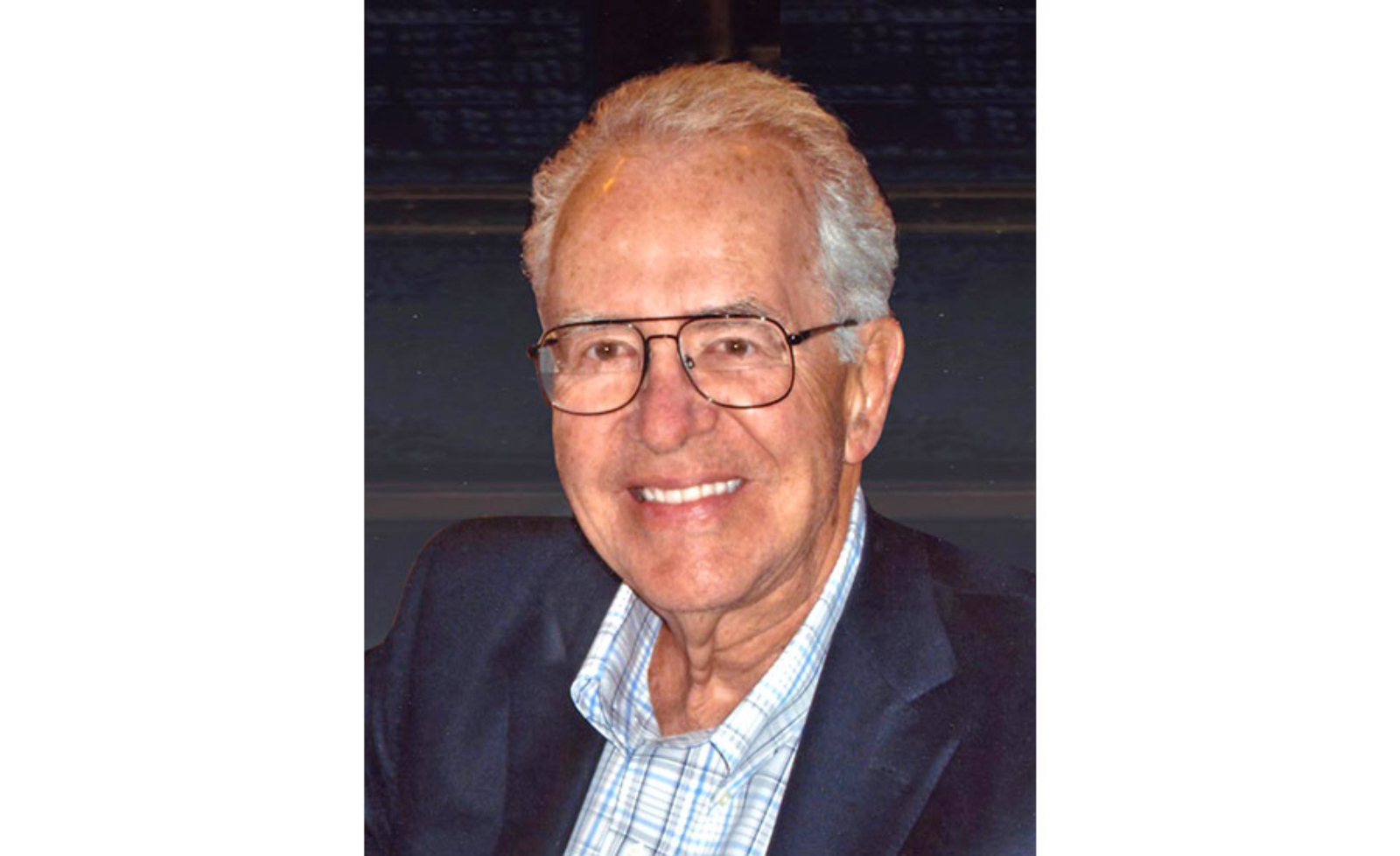Architect Robert F. Gatje passed away on April 1, 2018 in New York City at age 90. Carl Stein, FAIA, who worked for Marcel Breuer Associates from 1968-1971, reflects on Bob's incredible life and professional legacy.
In 1968, fresh out of Cooper Union, I arrived at the Breuer office with triangles, scales and pencils. I was shown to a drawing board and after a short time to settle in, perhaps half an hour, Bob Gatje came over and asked if I had ever detailed a concrete block wall. I hadn't and Bob told me where I could find some details that had been previously used by the office. I spent a couple of hours going over the drawings and Bob returned and told me that my first assignment was to create the construction drawings for an enclosure for a set of massive cooling towers for the IBM office complex in Boca Raton. Bob's pedagogic approach was one of gentle direction supported by a fierce insistence on the highest professional standards. Although I stayed in Breuer's office for another three years, this was the only project of Bob's that I worked on. And still, Bob was at all times a powerful presence at Marcel Breuer and Associates, a voice for civility and urbanity.
During the nearly fifty years since I left the Breuer office, I met with Bob somewhat sporadically, usually over a restrained lunch and a glass of wine. As happens to most architects, Bob's professional life had high and low points, triumphs and frustrations. I often felt that for Bob, the most difficult part of the profession was having to deal with the compromises that clients so often seem to demand. Or perhaps this was the easiest part for there was no decision to made. You do it right or not at all.
In the later years, the happiest I remember seeing Bob was when he was working on his book , his wonderful analysis of many of the finest outdoor public spaces. We met for lunch in a Greenwich Village restaurant and before he sat down, Bob pulled out a sheaf of drawings - plans, sections and elevations - of several major piazzas. "Look at the similarities." He had distilled the essential characteristics of each, pared away the non-essential aspects. His descriptions were both profound and clear. This was and is a Modernist study of urban design history. With Bob's passing, we move one more step away from the firsthand connections to the Modern Movement of the second and third quarters of the twentieth century. While we will certainly mourn the loss, we can celebrate the works that Bob created.
°®¶¹app is saddened by the passing of such an incredible architect. It has been a privilage to glean from his wealth of knowledge during the many tours he partipated in, and though his legacy continues, he will be greatly missed.
Read More
Architectural Record | April 5, 2018
